Like clockwork, every winter I get a serious bout of home-sickness. It’s usually triggered by a call or email from someone back home telling me about taking a drive with the top down, watching football on ordinary broadcast TV, going out for some Vietnamese sandwiches, or one of the other things I miss about life in Los Angeles.
“But,” I remind myself, “Japan has lots of cool things too! Where else can you go to the museum and see massive collections of samurai armor, huh?”
Oh, right now you can do that at the Los Angeles County Museum of Art? Touché, L.A.
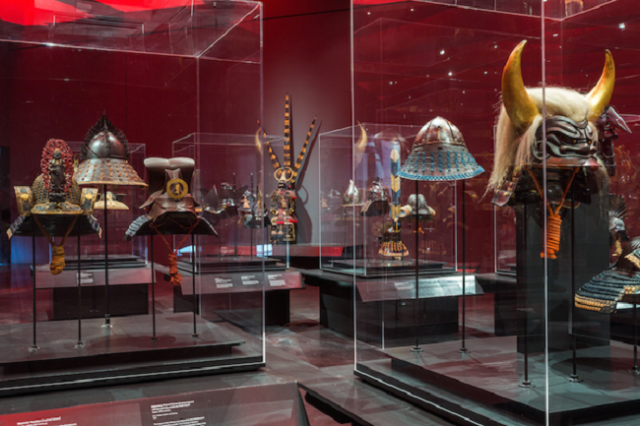
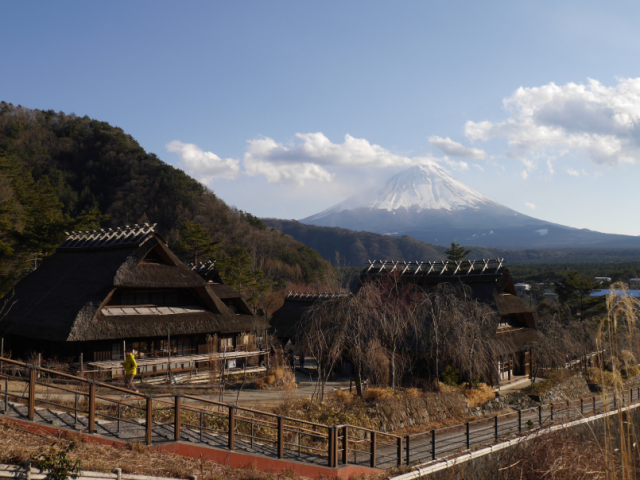
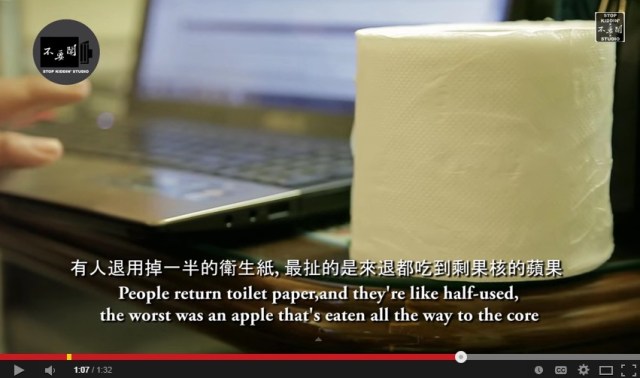




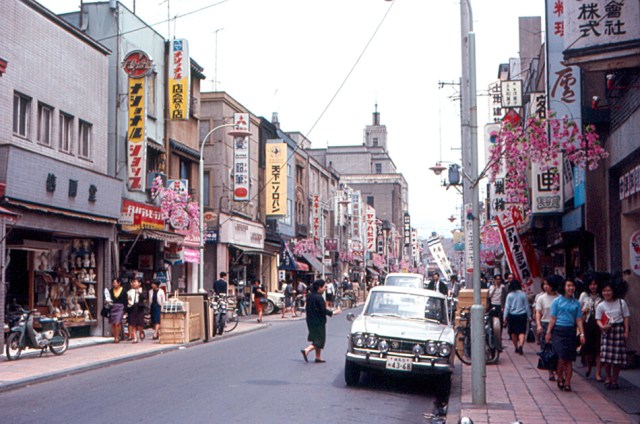
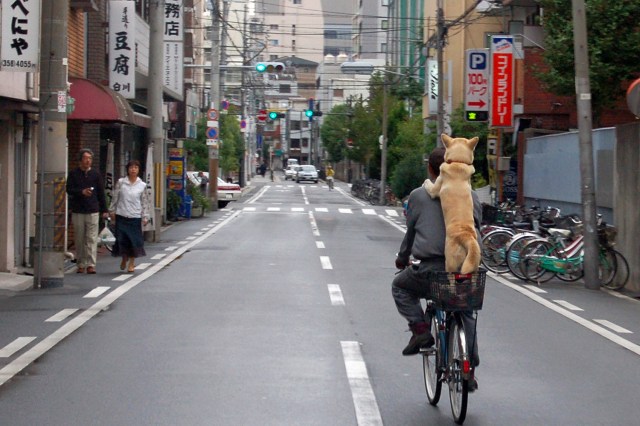
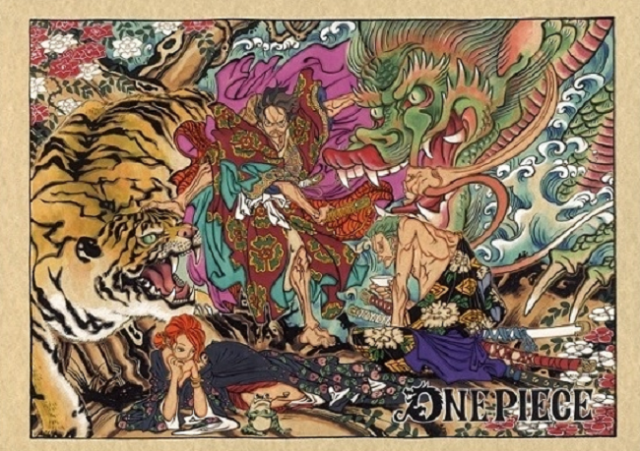
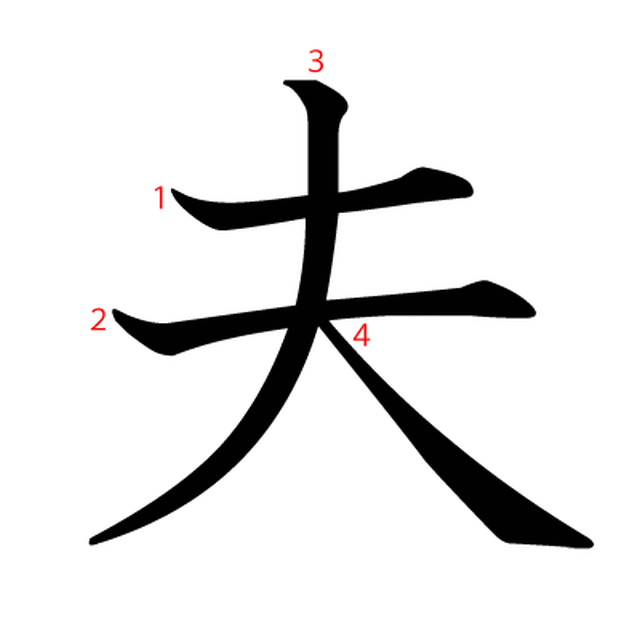
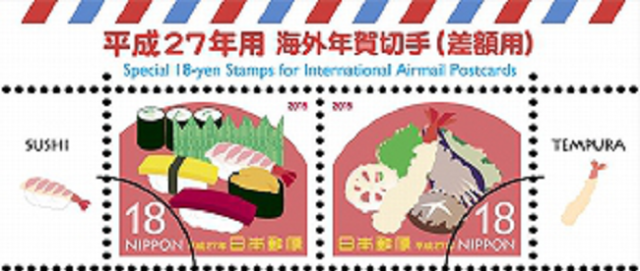


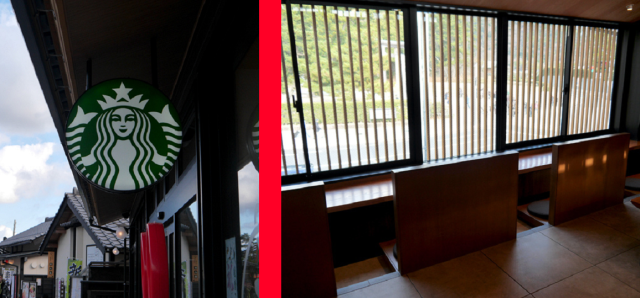
 Kyoto experiencing problems with foreign tourists not paying for bus fares, but not on purpose
Kyoto experiencing problems with foreign tourists not paying for bus fares, but not on purpose Studio Ghibli director Hayao Miyazaki’s films now available in DVD and Blu-ray sets with extras
Studio Ghibli director Hayao Miyazaki’s films now available in DVD and Blu-ray sets with extras Man passes away on Tokyo train, no one notices until nearly 12 hours and 650 kilometers later
Man passes away on Tokyo train, no one notices until nearly 12 hours and 650 kilometers later To combat declining birth rate, Japan to begin offering “Breeding Visas” to foreigners
To combat declining birth rate, Japan to begin offering “Breeding Visas” to foreigners Groundbreaking ‘90s isekai shojo anime series Rayearth getting new anime adaptation【Video】
Groundbreaking ‘90s isekai shojo anime series Rayearth getting new anime adaptation【Video】 Studio Ghibli releases My Neighbour Totoro range showcasing traditional Japanese craftsmanship
Studio Ghibli releases My Neighbour Totoro range showcasing traditional Japanese craftsmanship Japan Airlines debuts airport translation panels, translation error quickly results
Japan Airlines debuts airport translation panels, translation error quickly results Fighting mild hunger with a Japanese soda that turns into jelly in the stomach【Taste test】
Fighting mild hunger with a Japanese soda that turns into jelly in the stomach【Taste test】 Studio Ghibli releases anime heroine cosplay dresses that are super comfy to wear
Studio Ghibli releases anime heroine cosplay dresses that are super comfy to wear Studio Ghibli hair accessories keep your style tidy with help from Kiki, Moro, Calcifer, and more
Studio Ghibli hair accessories keep your style tidy with help from Kiki, Moro, Calcifer, and more Woman charged for driving suitcase without a license in Osaka
Woman charged for driving suitcase without a license in Osaka Studio Ghibli re-releasing all past theatrical posters and program booklets
Studio Ghibli re-releasing all past theatrical posters and program booklets Studio Ghibli releases new My Neighbour Totoro bags and pouches in Japan
Studio Ghibli releases new My Neighbour Totoro bags and pouches in Japan Life-size Gundam statue to appear in Osaka for first time ever
Life-size Gundam statue to appear in Osaka for first time ever Super Mario and Baskin-Robbins Japan collab returns for 2024 with new flavor, goods, and more
Super Mario and Baskin-Robbins Japan collab returns for 2024 with new flavor, goods, and more Secret unstaffed hot spring in Japan will make you feel like you’ve been spirited away
Secret unstaffed hot spring in Japan will make you feel like you’ve been spirited away You can be on this beautiful Japanese island in less than two hours from downtown Tokyo
You can be on this beautiful Japanese island in less than two hours from downtown Tokyo Taiwan’s most beautiful politician kicks groper in balls during visit to Japan
Taiwan’s most beautiful politician kicks groper in balls during visit to Japan Studio Ghibli releases new Totoro collection to keep us hydrated all summer long
Studio Ghibli releases new Totoro collection to keep us hydrated all summer long Foreign tourists to be charged four times more to enter Himeji Castle if local mayor gets his way
Foreign tourists to be charged four times more to enter Himeji Castle if local mayor gets his way Amazon Japan makes payment policy change that could be a problem for foreigners in Japan
Amazon Japan makes payment policy change that could be a problem for foreigners in Japan Mitsubishi develops robot that solves Rubik’s Cube-style puzzle in 0.305 seconds【Video】
Mitsubishi develops robot that solves Rubik’s Cube-style puzzle in 0.305 seconds【Video】 McDonald’s new Happy Meals offer up cute and practical Sanrio lifestyle goods
McDonald’s new Happy Meals offer up cute and practical Sanrio lifestyle goods Sales of Japan’s most convenient train ticket/shopping payment cards suspended indefinitely
Sales of Japan’s most convenient train ticket/shopping payment cards suspended indefinitely Sold-out Studio Ghibli desktop humidifiers are back so Totoro can help you through the dry season
Sold-out Studio Ghibli desktop humidifiers are back so Totoro can help you through the dry season Japanese government to make first change to romanization spelling rules since the 1950s
Japanese government to make first change to romanization spelling rules since the 1950s Foreigner’s request for help in Tokyo makes us sad for the state of society
Foreigner’s request for help in Tokyo makes us sad for the state of society Ghibli founders Toshio Suzuki and Hayao Miyazaki contribute to Japanese whisky Totoro label design
Ghibli founders Toshio Suzuki and Hayao Miyazaki contribute to Japanese whisky Totoro label design Tokyo’s most famous Starbucks is closed
Tokyo’s most famous Starbucks is closed Doraemon found buried at sea as scene from 1993 anime becomes real life【Photos】
Doraemon found buried at sea as scene from 1993 anime becomes real life【Photos】 Princesses, fruits, and blacksmiths: Study reveals the 30 most unusual family names in Japan
Princesses, fruits, and blacksmiths: Study reveals the 30 most unusual family names in Japan Life-size vibrating Legend of Zelda Master Sword for sale from Nintendo【Photos】
Life-size vibrating Legend of Zelda Master Sword for sale from Nintendo【Photos】 Studio Ghibli releases My Neighbour Totoro range showcasing traditional Japanese craftsmanship
Studio Ghibli releases My Neighbour Totoro range showcasing traditional Japanese craftsmanship Japan Airlines debuts airport translation panels, translation error quickly results
Japan Airlines debuts airport translation panels, translation error quickly results Fighting mild hunger with a Japanese soda that turns into jelly in the stomach【Taste test】
Fighting mild hunger with a Japanese soda that turns into jelly in the stomach【Taste test】 Studio Ghibli releases anime heroine cosplay dresses that are super comfy to wear
Studio Ghibli releases anime heroine cosplay dresses that are super comfy to wear Studio Ghibli hair accessories keep your style tidy with help from Kiki, Moro, Calcifer, and more
Studio Ghibli hair accessories keep your style tidy with help from Kiki, Moro, Calcifer, and more Farewell, old friend – It’s time to say goodbye to the car we bought for 980-yen (US$9.60) car
Farewell, old friend – It’s time to say goodbye to the car we bought for 980-yen (US$9.60) car Foreigners can now apply for visas to visit fiancés living in Japan
Foreigners can now apply for visas to visit fiancés living in Japan McDonald’s adds a Mint Chocolate Oreo Frappe to its menu in Japan for a limited time
McDonald’s adds a Mint Chocolate Oreo Frappe to its menu in Japan for a limited time Authentic ninja power pellet snacks on sale again in Tokyo thanks to the coronavirus【Taste test】
Authentic ninja power pellet snacks on sale again in Tokyo thanks to the coronavirus【Taste test】 Studio Ghibli re-releasing all past theatrical posters and program booklets
Studio Ghibli re-releasing all past theatrical posters and program booklets Final Fantasy and KFC team up for new collaboration meal, Colonel Sanders/Chocobo figure
Final Fantasy and KFC team up for new collaboration meal, Colonel Sanders/Chocobo figure Pizza Hut releases a ramen pizza in Japan, and it took half a year to perfect
Pizza Hut releases a ramen pizza in Japan, and it took half a year to perfect Japanese park’s English dog turd warning minces no words【Why does Engrish happen?】
Japanese park’s English dog turd warning minces no words【Why does Engrish happen?】 Fried sandwiches arrive in Tokyo, become hot topic on social media
Fried sandwiches arrive in Tokyo, become hot topic on social media